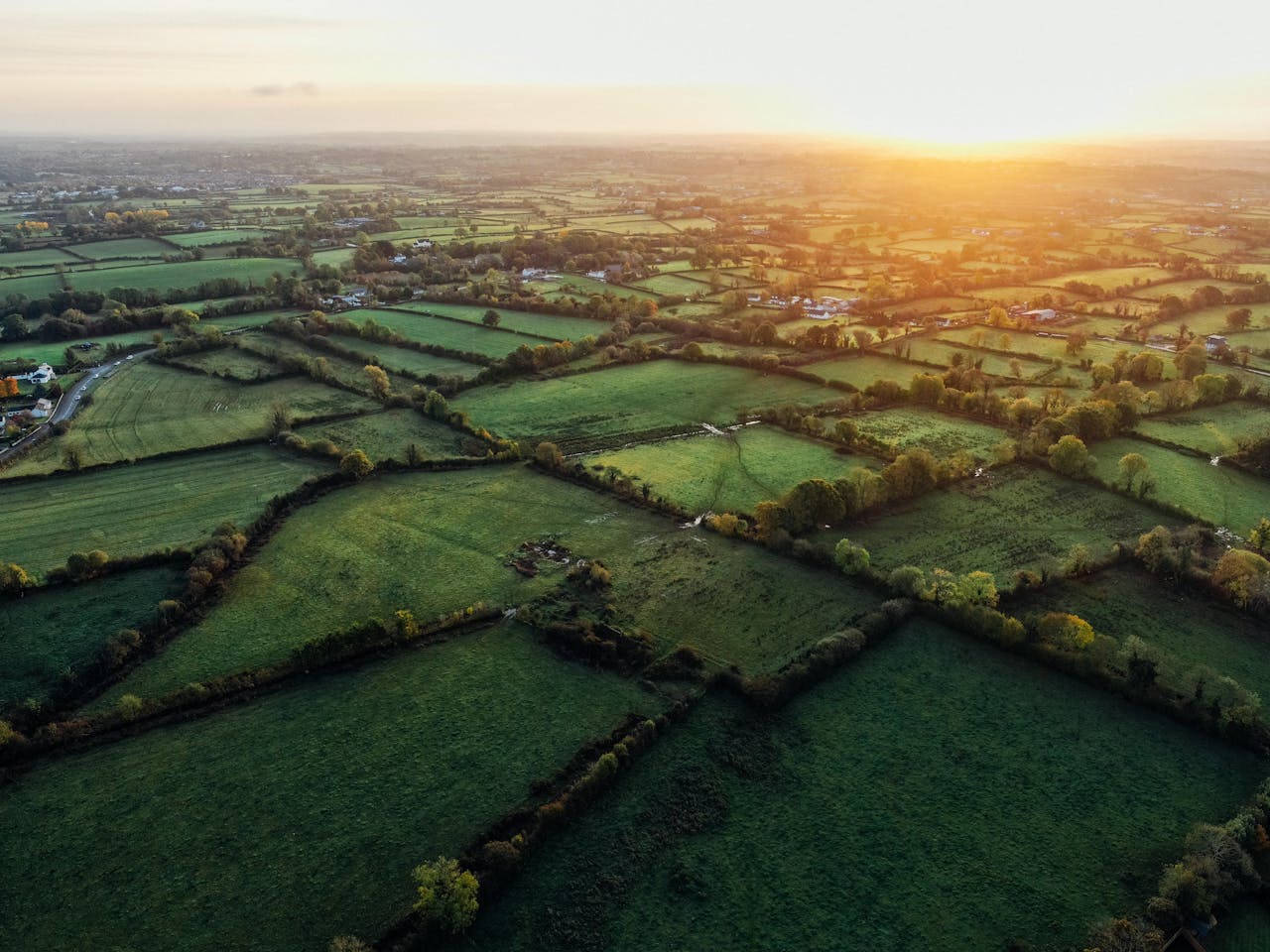Plant protection drone, as the name suggests, is an unmanned aircraft used for agricultural and forestry plant protection operations, this type of unmanned aircraft consists of a flight platform (fixed-wing, single-rotor, multi-rotor), GPS flight control, spraying mechanism consists of three parts, through the remote control on the ground or GPS flight control, to realize the spraying operation, you can spraying agents, seeds, powders and so on.
There are two key words, one is “agriculture and forestry plant protection”, which explains the use of this machinery is used for plant protection, agricultural plant protection, simply put is the use of tools, drugs, etc. for the protection of crops, prevention and killing of pests and weeds, to ensure that the growth of crops, to ensure the ripening of fruits, and to increase the yield of food. In the countryside, there are “three kinds of seed, seven points to protect”, plant protection can be said to be “insect mouth to seize food”. Over the years, the grain yield has reached record highs, and plant protection is inseparable.
Another is “unmanned aircraft”, which means that this is a remote control, no manned aircraft, means a modern intelligent machinery used in agriculture, which will accelerate the change of global agricultural modernization, and continue to enhance the level of specialization of agricultural services, socialization, and thus will also reverse the promotion of agricultural drone industry. Booming development.
The development of plant protection drone
As early as the beginning of the 20th century, there was a precedent of applying airplanes for agricultural plant protection in Canada, but at that time, manned airplanes were used.
Japan was one of the first countries to use micro and small agricultural drones in agricultural production. 1987, Yamaha was commissioned by the Japanese Ministry of Agriculture to produce the first 20kg-class spraying drone “R-50”, and since then Japan has widely used unmanned helicopters for field crops. After that, Japan has widely used unmanned helicopters on field crops.
Domestic agricultural plant protection drones began research and development in 2005, and the first oil-operated plant protection drone was developed and field trials were conducted in 2010.
With the progress of science and technology and the cost reduction brought by mass production, the global plant protection drone has entered a high-speed development stage since 2015, and the drone technology adopts RTK precise positioning combined with the flight control system to map the field and intelligently plan the route, one-key takeoff and landing, return flight, breakpoint spraying, autonomous spraying, and voltage return to detect the status of the drone, and various drone autonomy and intelligent operation functions have gradually been realized, and the distance from the real unmanned operation is getting closer and closer.
What are the advantages of drone plant protection compared to other plant protection methods?
The initial impression your blog post makes is crucial, and that’s where your introduction comes into play. Hook your readers with a captivating opening that sparks curiosity or emotion. Address their pain points or questions to establish a connection. Outline the purpose of your post and give a sneak peek into what they can expect. A well-crafted introduction sets the tone for an immersive reading experience.
Crafting Informative and Cohesive Body Content
Within the body of your blog post lies the heart of your message. Break down your content into coherent sections, each with a clear heading that guides readers through the narrative. Dive deep into each subtopic, providing valuable insights, data, and relatable examples. Maintain a logical flow between paragraphs using transitions, ensuring that each point naturally progresses to the next. By structuring your body content effectively, you keep readers engaged and eager to learn more.
Powerful Closures: Leaving a Lasting Impression
Concluding your blog post isn’t just about wrapping things up – it’s your final opportunity to leave a strong impact. Summarize the key takeaways from your post, reinforcing your main points. If relevant, provide actionable solutions or thought-provoking questions to keep readers thinking beyond the post. Encourage engagement by inviting comments, questions, or sharing. A well-crafted conclusion should linger in your readers’ minds, inspiring them to explore further or apply what they’ve learned.


Hey people!!!!!
Good mood and good luck to everyone!!!!!
Hi my family member I want to say that this post is awesome nice written and come with approximately all significant infos I would like to peer extra posts like this
Thank you for your comment. We will keep updating.